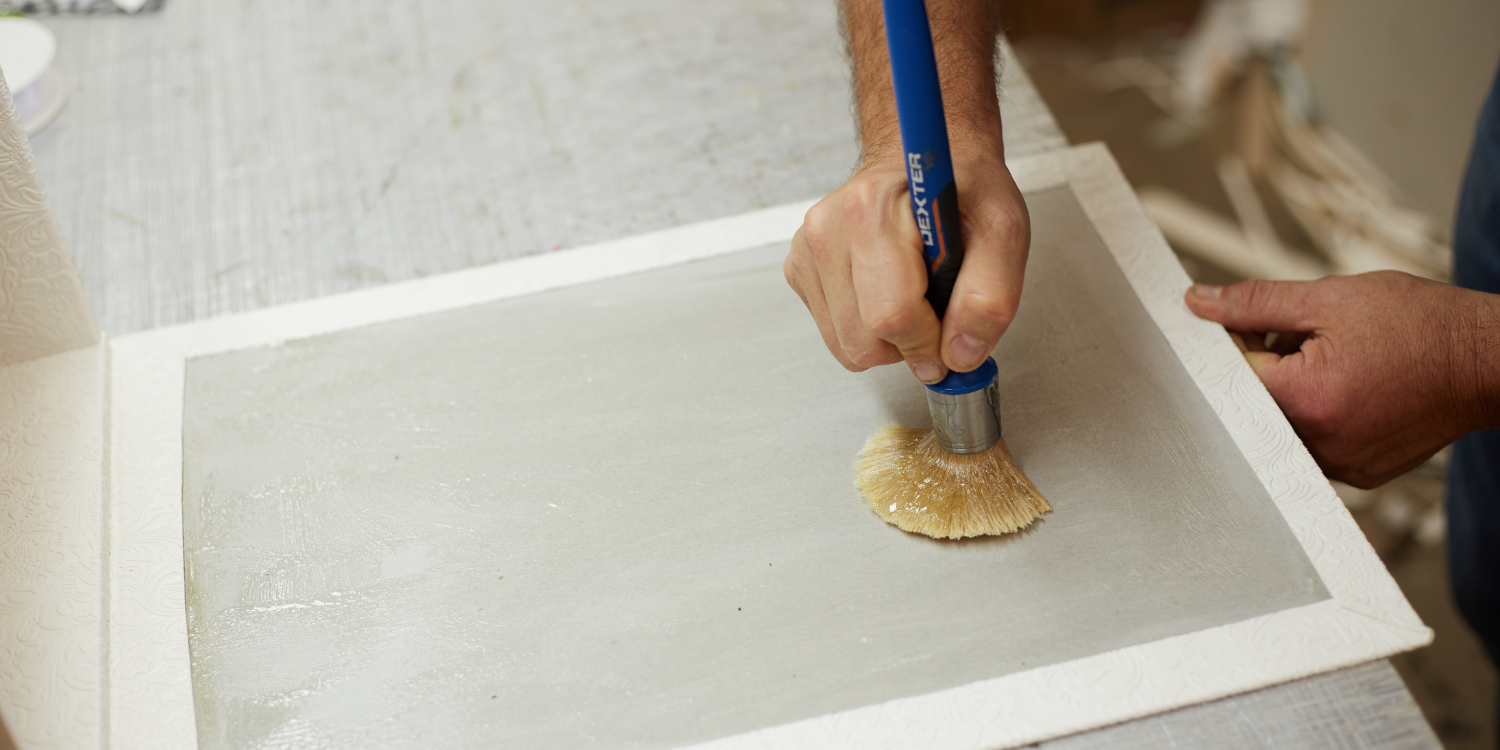
Whether or not an adhesive fails to perform as expected depends on a large number of factors. Furthermore, adhesive failures are not restricted to the strength of the final bond. From an industrial perspective, an adhesive may fail to perform correctly during preparation and application, which leads to increased process time or material waste.
Adhesive Application Failures
Four factors are most important in determining the success or failure of bonding and curing during the application process:
- The ambient temperature of the air, assembly pieces and application equipment
- The temperature of the adhesive at time of application
- The surface condition of the materials to be bonded
- Foreign contamination of either the adhesive or the substrate
Each adhesive has specific temperature ranges for successful application and curing. Application outside a range may adversely affect viscosity, wetting, spreads, working time and bond performance or appearance. The same is true if the temperature differential between glue and substrate is large.
Material to be bonded should be examined for defects or roughness. Uniform surface preparation is critical to ensure consistent bonding results and reduction of adhesive waste.
Special care must be taken to eliminate foreign contamination such as dust, oil, moisture or solvents, especially for adhesives that require mixing. When removing contamination by filtering, ensure the correct class of filter medium is selected.
Bond Performance Stresses
Adhesive bonds are subject to many forces during assembly and in the final application. These forces include tensile, compressive, shear, peel and impact stresses. Often, an accumulation of one or more of these stresses over time leads to bond fatigue. Each adhesive and bond responds to these stresses in their own way.
Some bond resistance factors, such as the adhesive’s response to tensile stress, may not be present in the supplier’s literature since they are usually not applicable during the assembly process. However, all are important. Most should be reduced by correct design engineering that takes into account the conditions on the joint in its final application. Some stress resistance factors, such as peel strength and impact resistance, may be difficult to ascertain even in a laboratory setting, but characterizing them can lead to significantly increased product performance.
Common Design Errors with Adhesives
The human factor may be the greatest source of bond failure since it comes in so many forms. Design engineers often overlook factors that degrade bond performance:
- Differing expansion coefficients of the adhesive and materials being bonded
- Improper assumptions about environmental conditions for the end product
- Specifying adhesive which has a cure temperature that damages the substrate
- Condition irregularities in the materials to be bonded
- Growth of mold or vermin attraction for organically-based adhesives
Assembly Process Errors
Unfortunately, even with proper engineering and technical understanding of the adhesion process, such information may not be shared on the assembly floor. In order to prevent and detect bonding problems, workers must also understand the causes of poor adhesion. Proper training prevents mistakes that lead to wasted material, time and money.
Most defects can be identified on the assembly line and corrected while tuning the bonding process:
- No adhesive along edge of joint – more adhesive required or clamping pressure low
- Adhesive is excessively porous – air was stirred into the mixture, solvent did not dry or the adhesive improperly cured
- Adhesive softens with water or solvent – requires higher cure temperature or longer cure time
- Uneven glue line – adhesive viscosity too high, cure temperature too low or adhesive past its expiration date
- Voids in bonds – Uneven application, contamination or faulty substrate preparation
Bond Fatigue Testing
Fatigue testing is difficult, since long-term adverse conditions, such as exposure to salt water, sunlight, atmospheric contamination, and repeated stresses must be simulated in a laboratory situation in a compressed amount of time. At times, data are already available, but resources should be allocated for such testing on specific products.
Minimize Adhesive Failures Today
We can find or design the right adhesive for your application. Contact us today to learn how.







